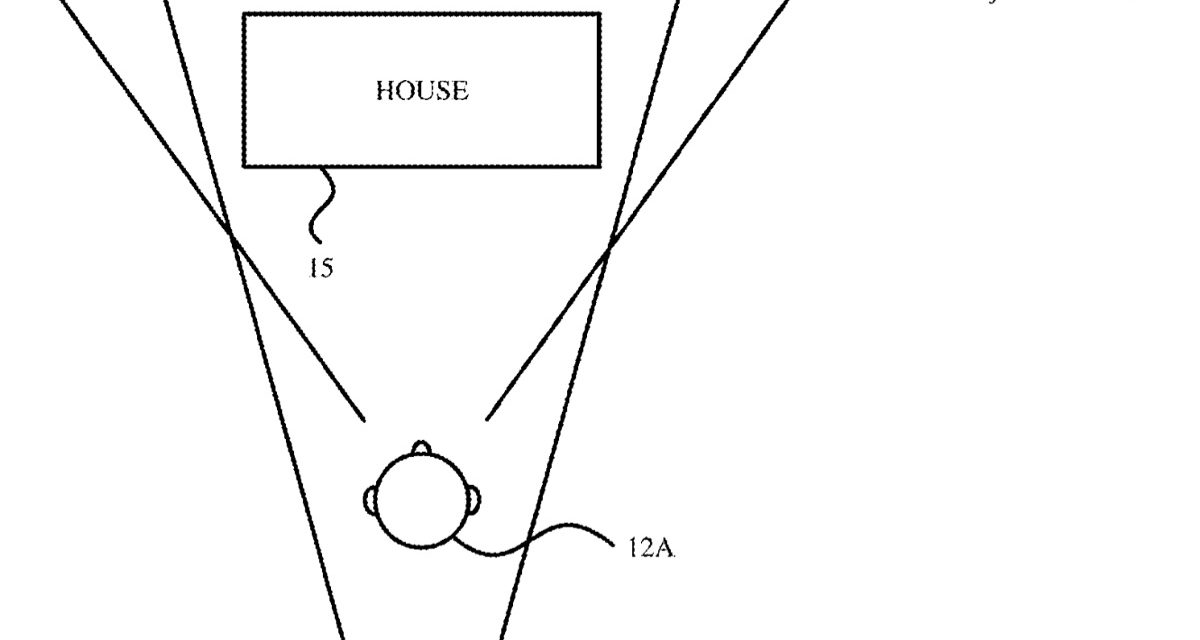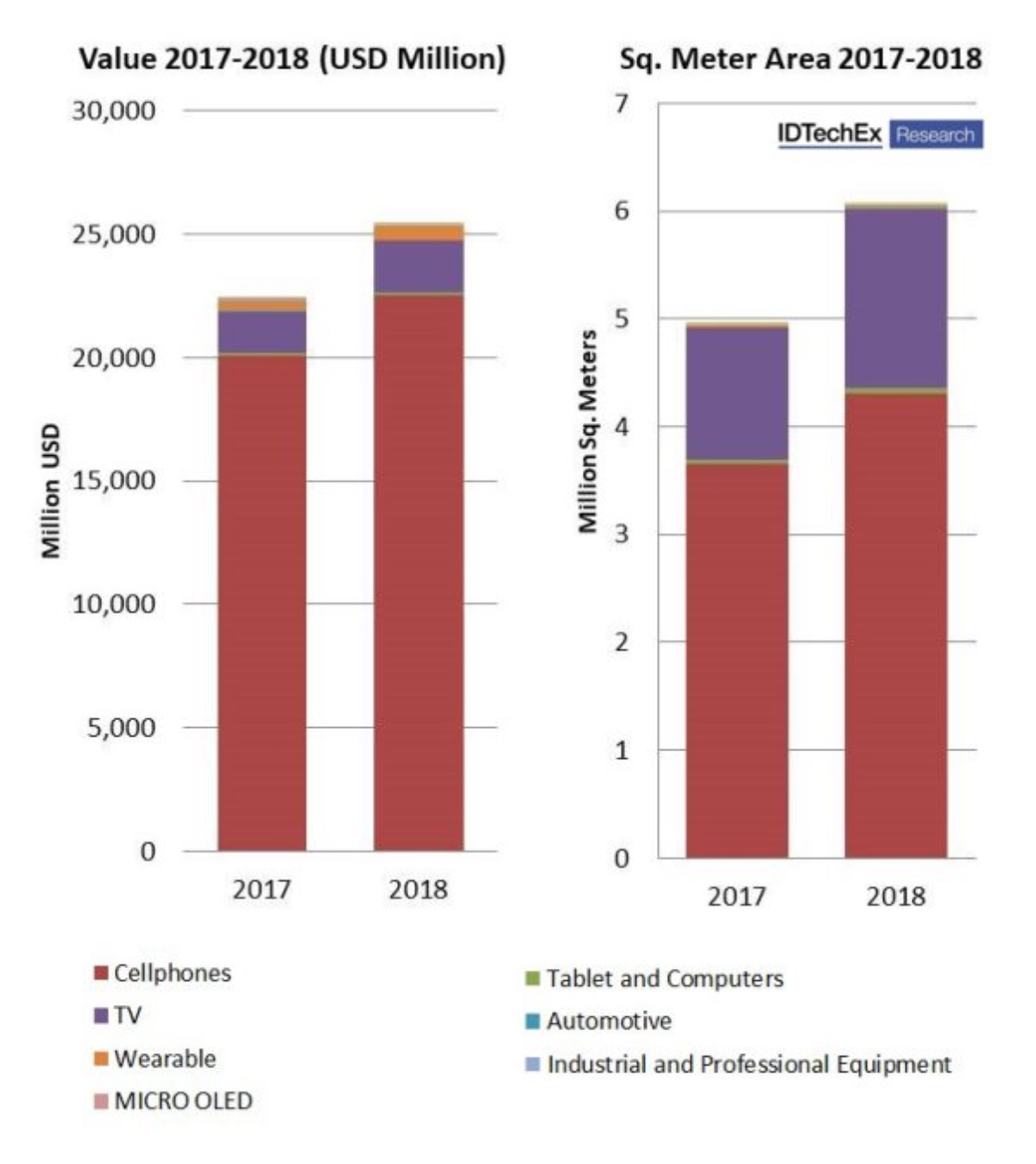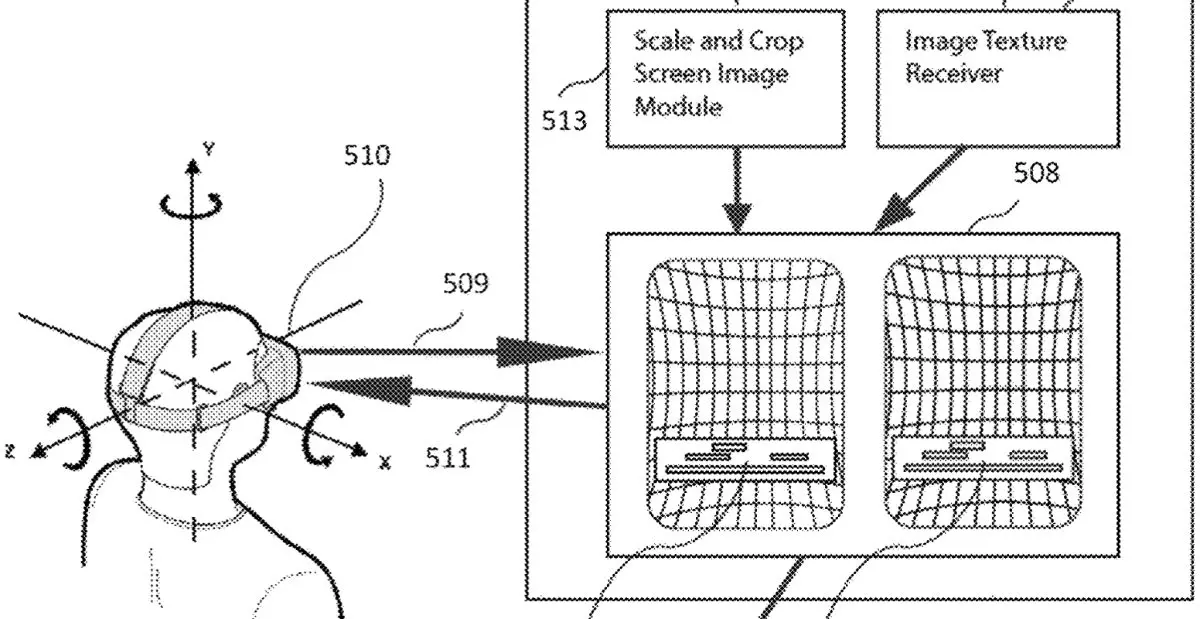Apple has been granted a patent (number 11,146,905) for “3D audio rendering using volumetric audio rendering and scripted audio level-of-detail.” It’s designed to help developers beef up 2D and 3D graphics in apps and games.
About the patent
In the patent, Apple notes that computer programmers use 2D and 3D graphics rendering and animation infrastructure as a convenient means for rapid software application development, such as for the development of, for example, gaming applications. Graphics rendering and animation infrastructures may, for example include libraries that allow programmers to create 2D and 3D scenes using complex special effects with limited programming overhead.
Apple says that one challenge for such graphical frameworks is that graphical programs such as games often require audio features that must be determined in real time based on non-deterministic or random actions of various objects in a scene. The tech giant says that incorporating audio features in the graphical framework often requires significant time and resources to determine how the audio features should change when the objects in a scene change.
With respect to spatial representation of sound in a virtual audio environment (3D audio rendering), current approaches typically represent sound as a point in space. This usually means that an application is required to generate points for each of various sounds that exist in the virtual audio environment.
Apple says this process is complex, and current approaches are typically ad-hoc. The tech giant wants to improve this process.
Summary of the patent
Here’s Apple’s abstract of the patent: “An audio engine is provided for acoustically rendering a three-dimensional virtual environment. The audio engine uses geometric volumes to represent sound sources and any sound occluders. A volumetric response is generated based on sound projected from a volumetric sound source to a listener, taking into consideration any volumetric occluders in-between. The audio engine also provides for modification of a level of detail of sound over time based on distance between a listener and a sound source.”
FIG. 1 illustrates a representational view for explaining a three-dimensional (3D) virtual audio environment.
Article provided with permission from AppleWorld.Today





